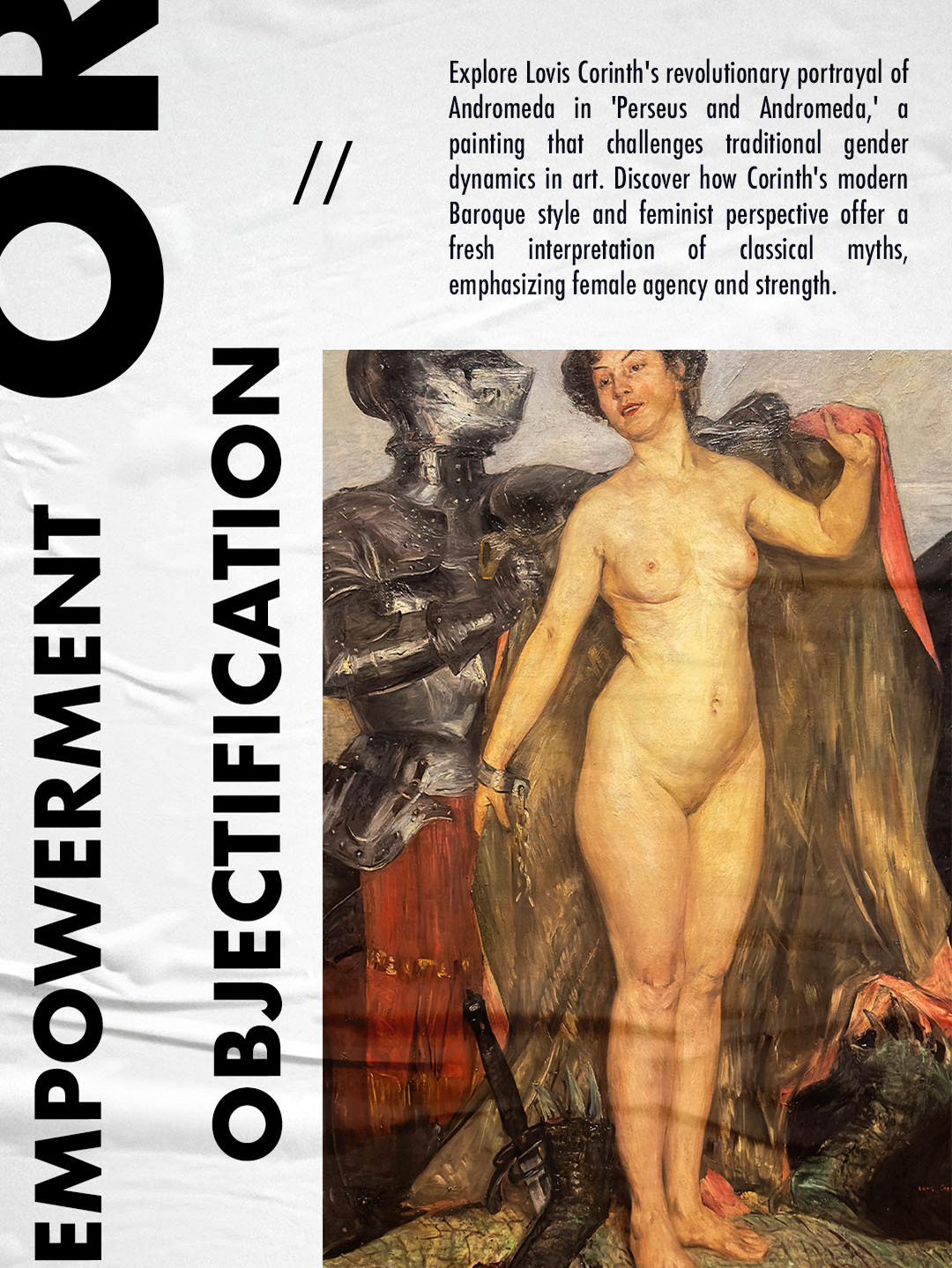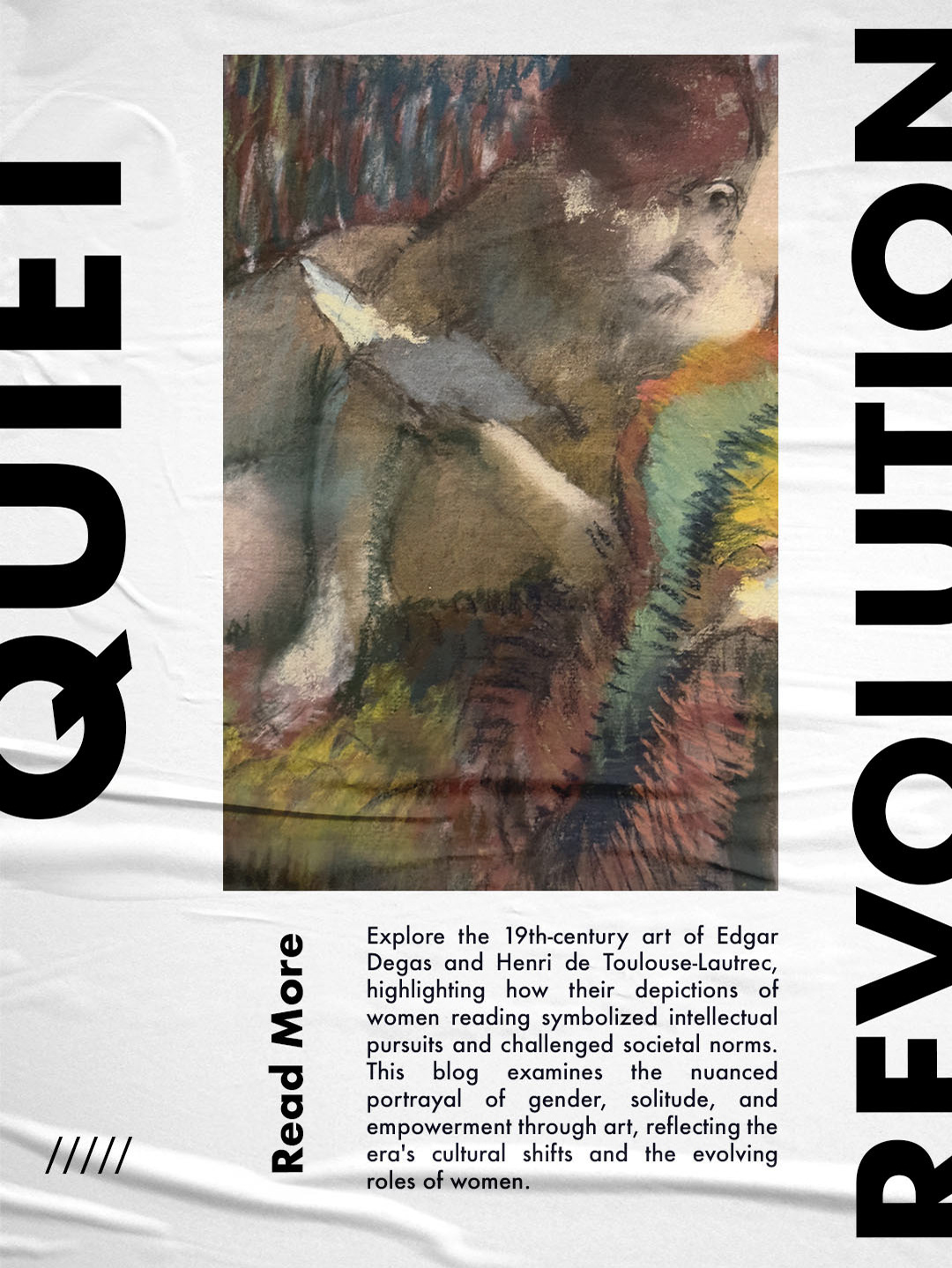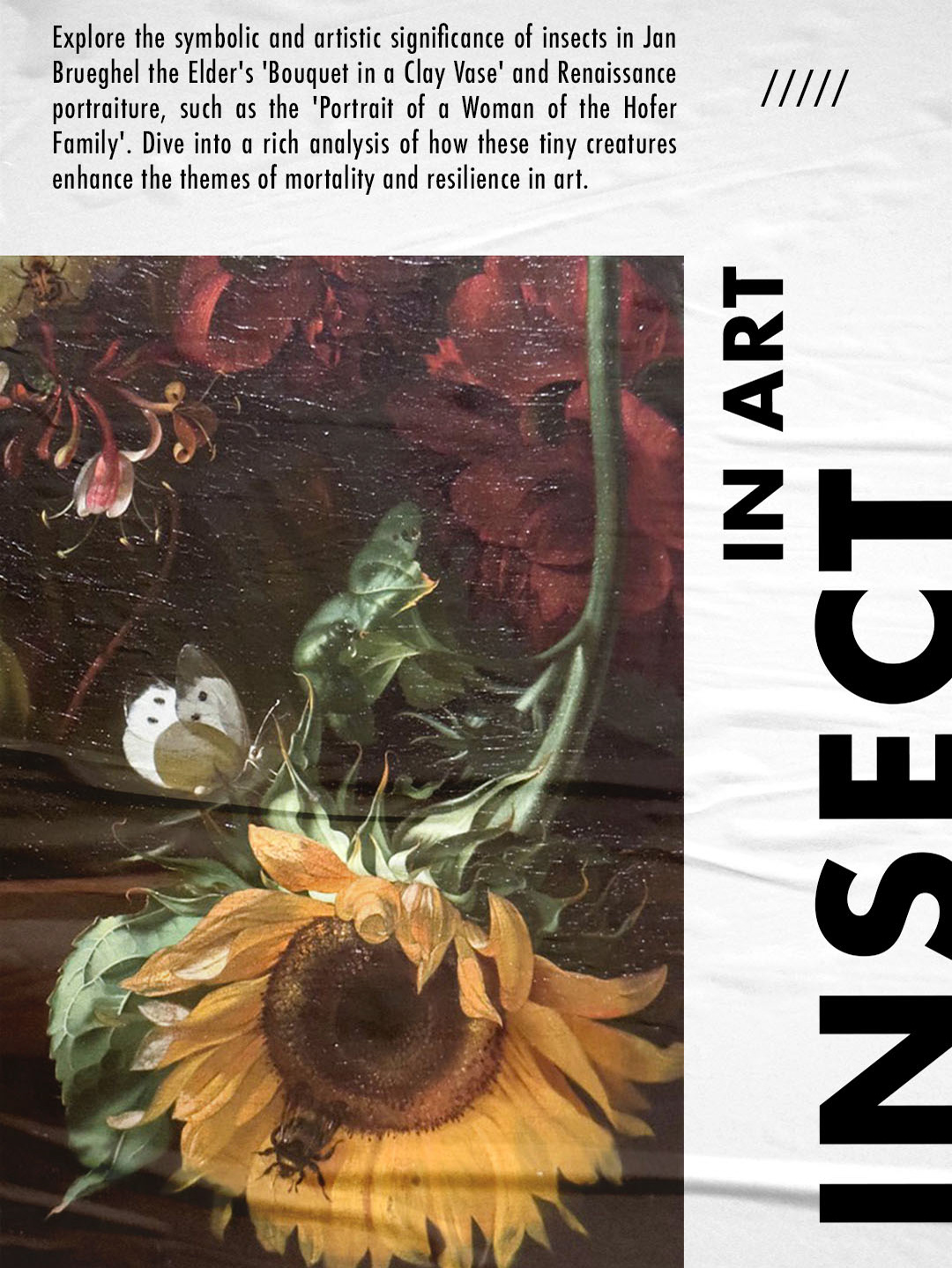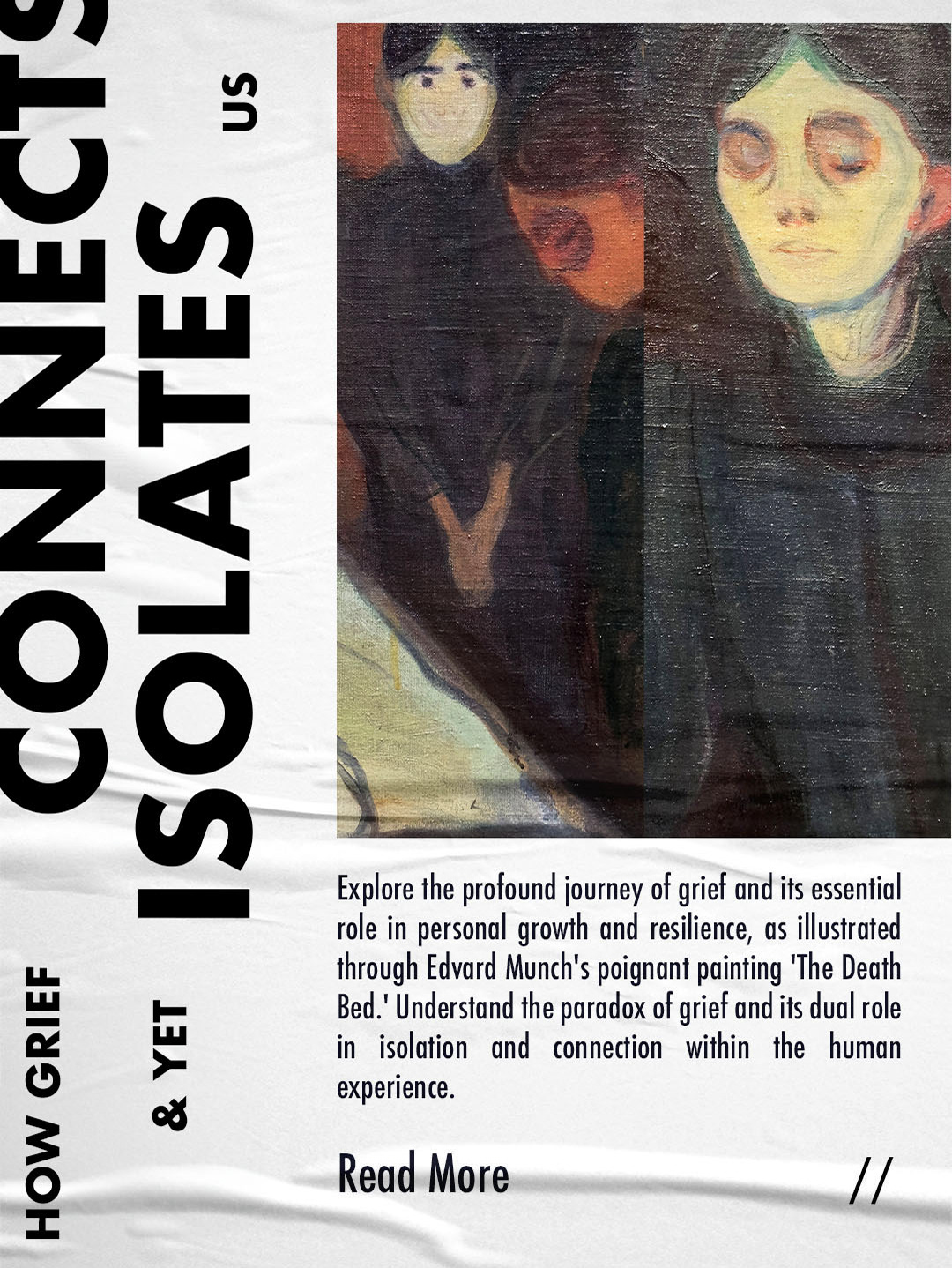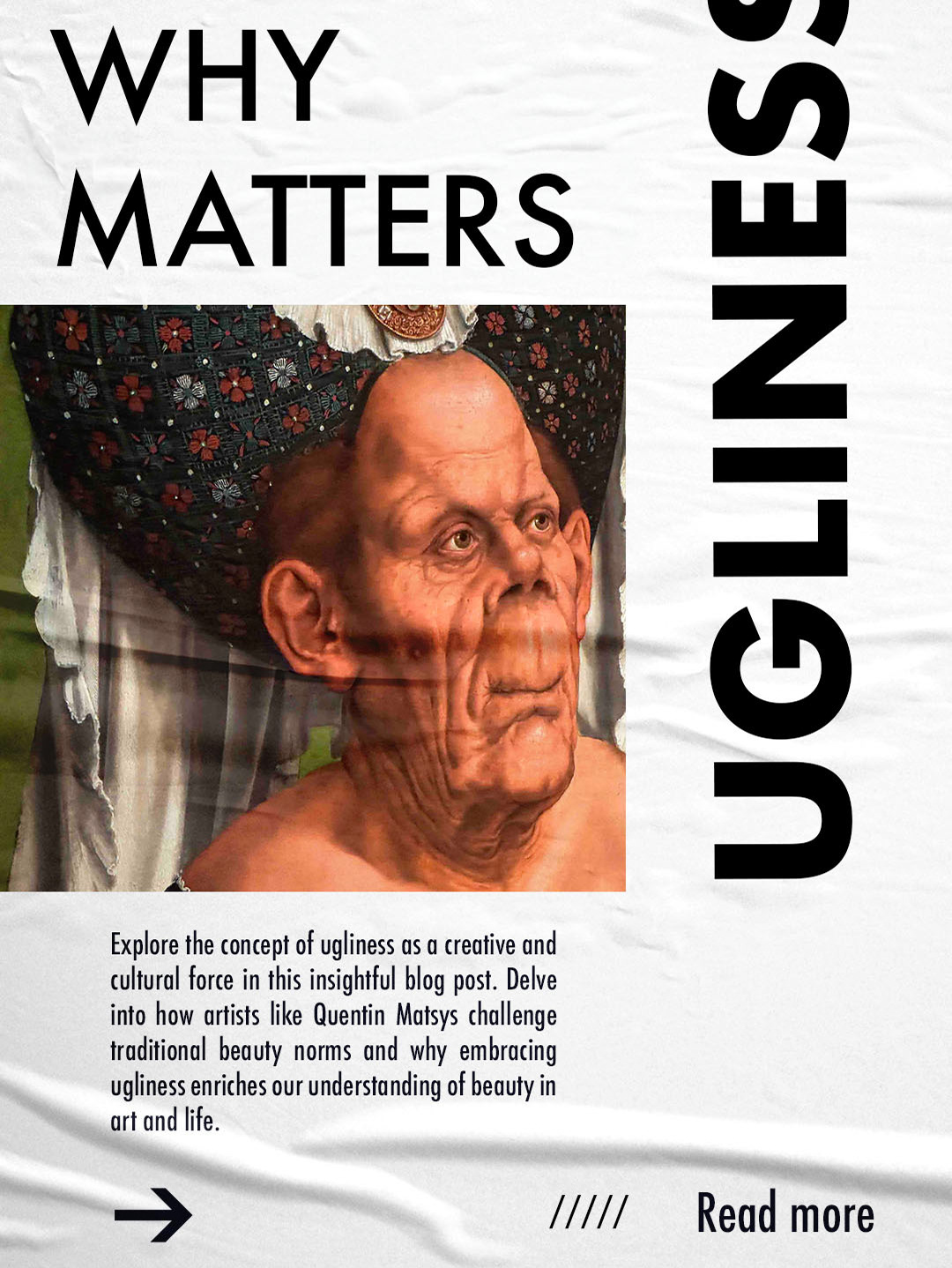Introduction:
In 1833, French artist Paul Delaroche completed a haunting depiction of one of history’s briefest and most tragic reigns, that of Lady Jane Grey, known as the "Nine Days' Queen." In his painting, "The Execution of Lady Jane Grey," Delaroche portrays the young queen in a moment of profound vulnerability, emphasizing themes of gender and power that resonate through historical and artistic narratives. This portrayal not only reflects the societal attitudes of both Lady Jane Grey’s era and the 19th century but also offers insight into the ongoing dialogue about women in positions of power.
The Portrayal of Lady Jane Grey
Delaroche’s painting is a study in the intersection of historical fact and artistic interpretation. Lady Jane Grey is depicted at the moment of her execution, blindfolded and groping for the block where she will lay her head. The scene is charged with emotion, her fragile figure clad in white, which starkly contrasts with the dark figures of the executioners and the somber tones of the surrounding chamber. This visual representation transforms her political downfall into a moment of personal tragedy and martyrdom.
The choice to emphasize her vulnerability and youth (she was only about 17 at the time of her death) serves to underscore a narrative in which female power is both anomalous and doomed. Delaroche’s Lady Jane is not a reigning monarch but a victim, caught in the web of her own noble birth and the machinations of more powerful men.



